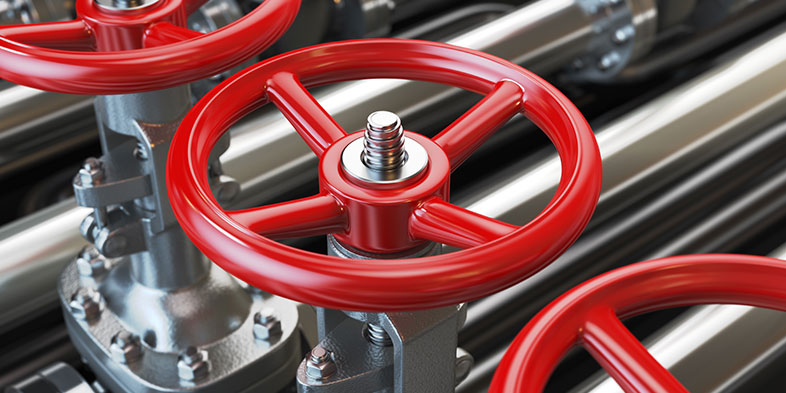Helium adds lift to Canada’s energy transition

The element most commonly known for filling balloons — and often released as an un-tapped byproduct in natural gas production — has surged in value in recent years, spurring investment in exploring for, producing and refining helium.
Helium is a non-renewable resource in that there is a finite quantity of helium captured in the earth’s geological features. Once considered a strategic resource because of its use in airships and blimps during World War I, helium is now in high demand for use in a range of technologies, including semiconductors, fibre-optic cables, computer chips, welding, industrial leak detection, cryogenics, nuclear power plants and MRI machines. Many of these applications benefit from helium’s extremely low boiling point (-268.9 °C), which makes the inert element a valuable coolant.
Canada has some of the largest reserves of helium globally and is strategically situated to supply the U.S. and Asian markets, where demand for helium has outstripped supply. For natural gas producers seeking to diversify their operations, capturing value from helium may be a natural fit. Helium is generally produced through extraction from natural gas, and so is accessed through the same drilling process and, in British Columbia and Alberta, helium drilling rights are included in oil and gas leases. Saskatchewan’s regulatory regime provides for permits that grant the right to explore specifically for helium and associated gases, and helium leases that grant the right both to explore for and produce helium.
Helium opportunities in Western Canada
Saskatchewan leads the provinces in helium exploration with nine active helium wells (reported) and many more in the drilling process. It has also recently opened the largest helium purification facility in Canada, which is expected to produce more than 50 million cubic feet of purified helium per year. Saskatchewan has applied a royalty to helium production since 1964, and has encouraged growth in the industry by offering a 15% transferable royalty credit for eligible costs associated with new helium processing and liquification projects, pursuant to its Oil and Gas Processing Investment Incentive program.
Alberta has taken steps to catch up. Alberta announced [PDF] a helium-specific royalty rate in May 2020, effective retroactively to April 1, 2020. At 5% minus a Helium Royalty Adjustment Factor of 0.75%, the effective royalty rate in Alberta is 4.25% for all wells from which helium is recovered. This is the same rate as Saskatchewan’s royalty. In April 2021, Alberta also released new editions of its Directive 007 [PDF] and Manual 011 [PDF], clarifying requirements for the monthly reporting of helium production and sales information.
Alberta’s helium royalty and reporting requirements should attract investment by providing greater certainty around the costs of pursuing helium production in the province. Indeed, new helium wells are cropping up in southern Alberta and across the U.S. border in Montana, as well as in northern Alberta.
British Columbia has not implemented a helium-specific royalty rate or announced other regulatory changes or incentives to date. However, helium estimates have been done that show large reserves in the northeast of the province, and this has been recognized for its potential to add substantial value to natural gas production in the area.
Western Canada is ideally situated to take advantage of helium’s potential to diversify the energy industry by providing an added revenue stream for natural gas proponents. As governments and the industry strive to meet net-zero carbon targets, investment in pure-play helium production is also likely to increase. So long as strong helium demand continues as anticipated, we expect this resource to be an important feature of the provinces’ and natural gas industry’s diversification strategies. We expect further changes to provincial regulatory regimes specific to helium exploration, production and processing as the industry continues to expand in western Canada.